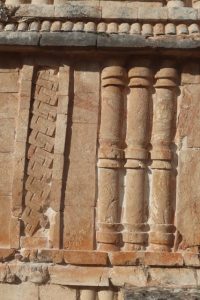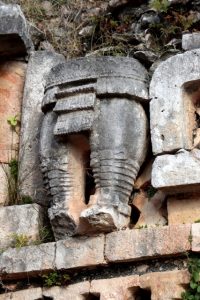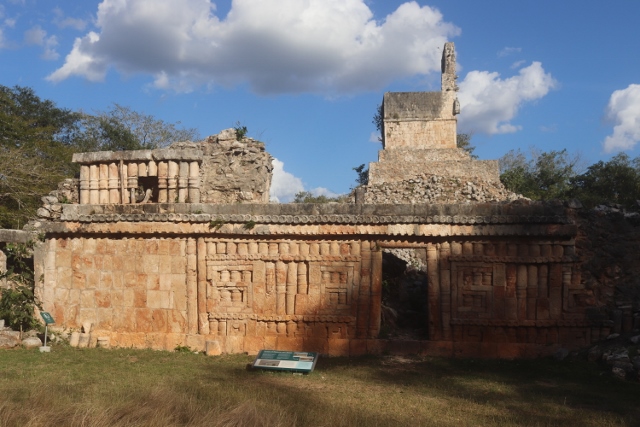Labna is one of the smaller Ruta Puuc sites of Mayan origin. Most of the site’s buildings are from the Late Classic period, 600-900 AD, like the other UNESCO World Heritage sites here, Uxmal, Kabah and Sayil.
The main structure, the Grand Palace, is with its over 120 meters width even larger than similar the palaces at Kabah and Sayil. It is two-storey high, and richly decorated with geometrical forms, and with Chaac masks, depicting the dominant god at the time.
A short sacbe, a raised Maya road, leads to the nearby look-out, much better preserved than the one at Sayil, and to an arch, which used to be the entrance to the city. Several smaller buildings around the arch are equally nicely decorated. Worthwhile a visit, even a quick one, as all the best buildings are within easy walking distance. Further infor is on https://www.themayanruinswebsite.com/labna.html.
Below I have included a few more of my photos.


















